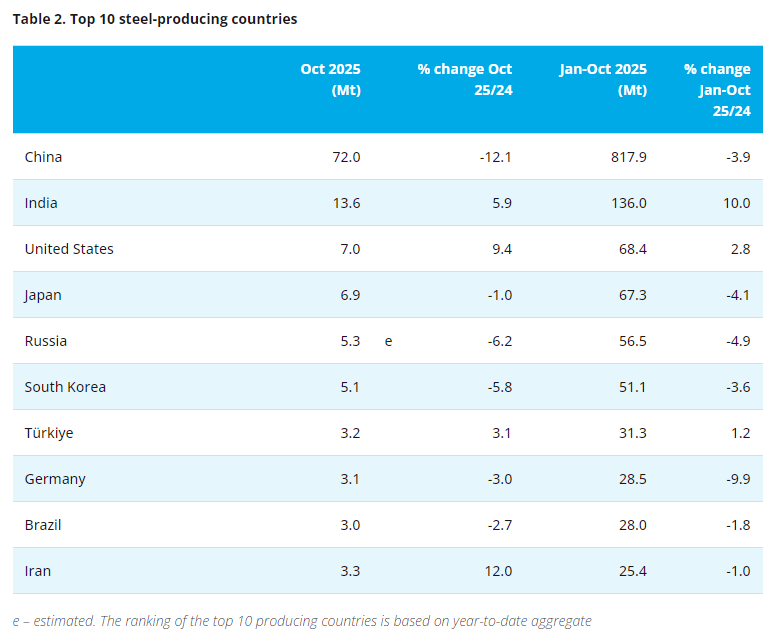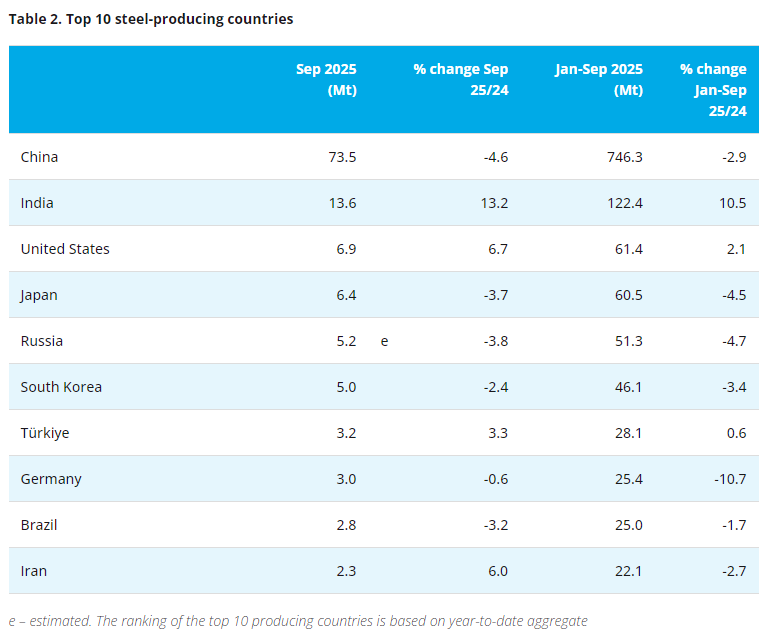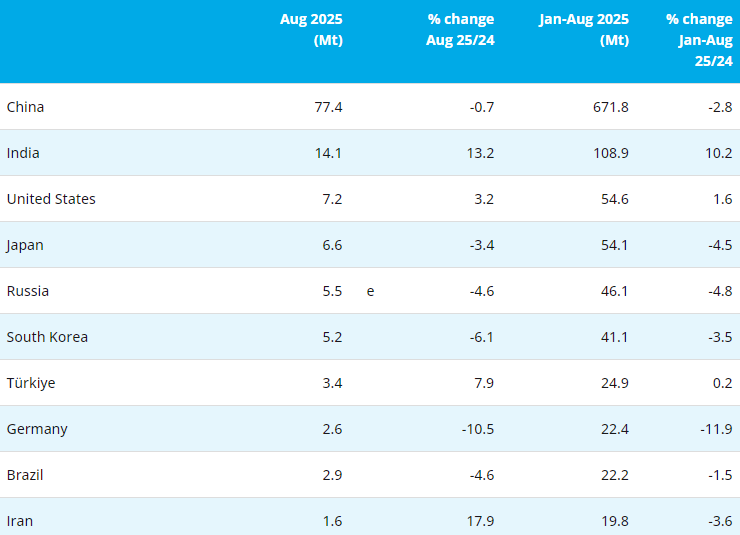
【Ferro-alloys.com】: Most of the shutdown enterprises are managed by Liberty Steel Group
The European Union’s steel industry is experiencing a protracted crisis caused by a combination of negative factors. High energy prices, weak demand for steel and financial difficulties of some companies have led to massive production shutdowns. It is estimated that the total volume of suspended or partially suspended capacities exceeds 9 million tons per year. The largest share of these companies belongs to Liberty Steel, which is in the most difficult position of all European steel producers.
Liberty Steel: the worst hit
Liberty Steel remains the leader in terms of the number of shutdowns in the EU. The company, a member of the GFG Alliance, faced financial difficulties after the bankruptcy of its main creditor, Greensill Capital, in 2021. Despite attempts to restructure its debt and attract investors, the situation remains critical. As a result, the following companies are idle or operating with restrictions:
Liberty Ostrava (Czech Republic) – production is limited. It was reported that a rolling mill was launched using tolling raw materials. At the beginning of the year, the process of selling the bankrupt company was launched;
Liberty Dudelange (Belgium) – the plant has been idle for a long time due to significant financial difficulties. The plant is expected to be transferred to a new owner;
Liberty Galati (Romania) – more than 9 months of downtime due to liquidity problems. Government support is expected and blast furnace No. 5 is expected to restart. The plant has two months to present a restructuring plan to its creditors;
Liberty Dunaújváros (Hungary) – prolonged downtime and partial launches after Dunafer was taken over by Liberty. Relations between the company and the Hungarian government are deteriorating amid financial difficulties and unresolved problems with sustainable recovery. The company is on the verge of bankruptcy.
The company continues to look for ways out of the crisis, but without significant investment and support from the respective governments, the situation is unlikely to change in the near future.
Other producers are also cutting production
The problems have affected not only Liberty Steel. In the face of the energy crisis and falling demand, other major players in the industry are also forced to revise their production strategies.
ArcelorMittal is limiting its steelmaking and rolling capacities in Germany, Romania, Italy and France for maintenance and due to the pressure of weak demand and high production costs.
Riva Hennigsdorf (Germany) – 3-month shutdown due to the crisis in the steel market;
Rurexpol (Poland) – production of pipes has been suspended since the beginning of 2025 due to the crisis in the EU steel industry, which led to a decrease in demand for products. The company is considering a merger with the recently launched Huta Cz?stochowa.
As a result, the total losses of the European steel market could be even higher if the situation does not improve in the short term.
Market impact and outlook
The shutdowns of steel mills in the EU have a negative impact on the entire industry, which in turn could lead to a slowdown in economic growth in the region.
Experts predict that the situation on the steel market will remain unstable at least until the end of 2025. The resumption of production will depend on the cost of energy, the level of economic support from the EU and the ability of companies to adapt to the new environment.
For Liberty Steel, the coming months will be crucial: the company needs to find sources of funding and demonstrate resilience, otherwise its future in the European market will remain at risk. Overall, the EU steel industry is facing serious challenges that could change its structure and key players in the coming years.
SOURCE:GMK
- [Editor:Alakay]



 Save
Save Print
Print Daily News
Daily News Research
Research Magazine
Magazine Company Database
Company Database Customized Database
Customized Database Conferences
Conferences Advertisement
Advertisement Trade
Trade















 Online inquiry
Online inquiry Contact
Contact

Tell Us What You Think